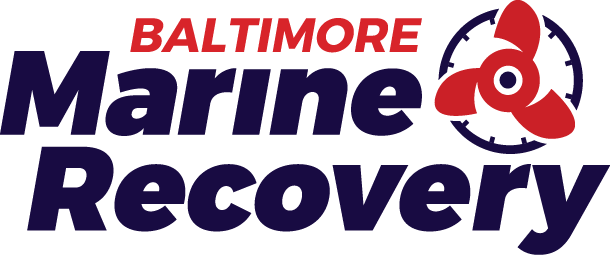What’s That Floating Out There?
February 28, 2024
As a Captain, I am on the water in all conditions and have seen my fair share of floating tires, refrigerators, and tree trunks big enough to take out a 22’ boat if not avoided. Branches, stumps, and garbage are lifted from the shore by high tides and storms. The debris is then dispersed by wind, current and wave action throughout the Bay, causing devastating issues for the environment and marine life as well as potentially serious problems for recreational boaters. Another large contributor to the Bay’s marine debris is the Conowingo Dam. Debris originates upstream from the more than 27,500 miles of tributaries in the Susquehanna River watershed, flowing down through New York, Pennsylvania, and Maryland and is held back by the dam for months. When the flood spill gates are finally opened tons of sediment and rubbish are allowed to enter the lower Susquehanna and the Chesapeake Bay all at once. A few things you can do to stay safe on the water and avoid damaging your boat this Spring: • Keep track of the dam openings by monitoring VHF radio channel 16 for announcements. • Make sure you stay alert and slow down, especially at night, after storms and when the flood gates are opened. • Maintain a lookout. Use your crew as an extra pair of eyes to help spot floating debris. • Don’t run through debris lines – Go around slowly. Consider that what you can see above the water line is just the “tip” of what could damage your boat. We challenge you to please stop and pick up floating debris whenever it is safe to do so. Post a picture on social media and tag us at @TowBoatUSab to help spread the word. By elevating the issue, we hope that boaters are more aware, the Bay is a bit cleaner and safer for all this season. As always, happy to help.

